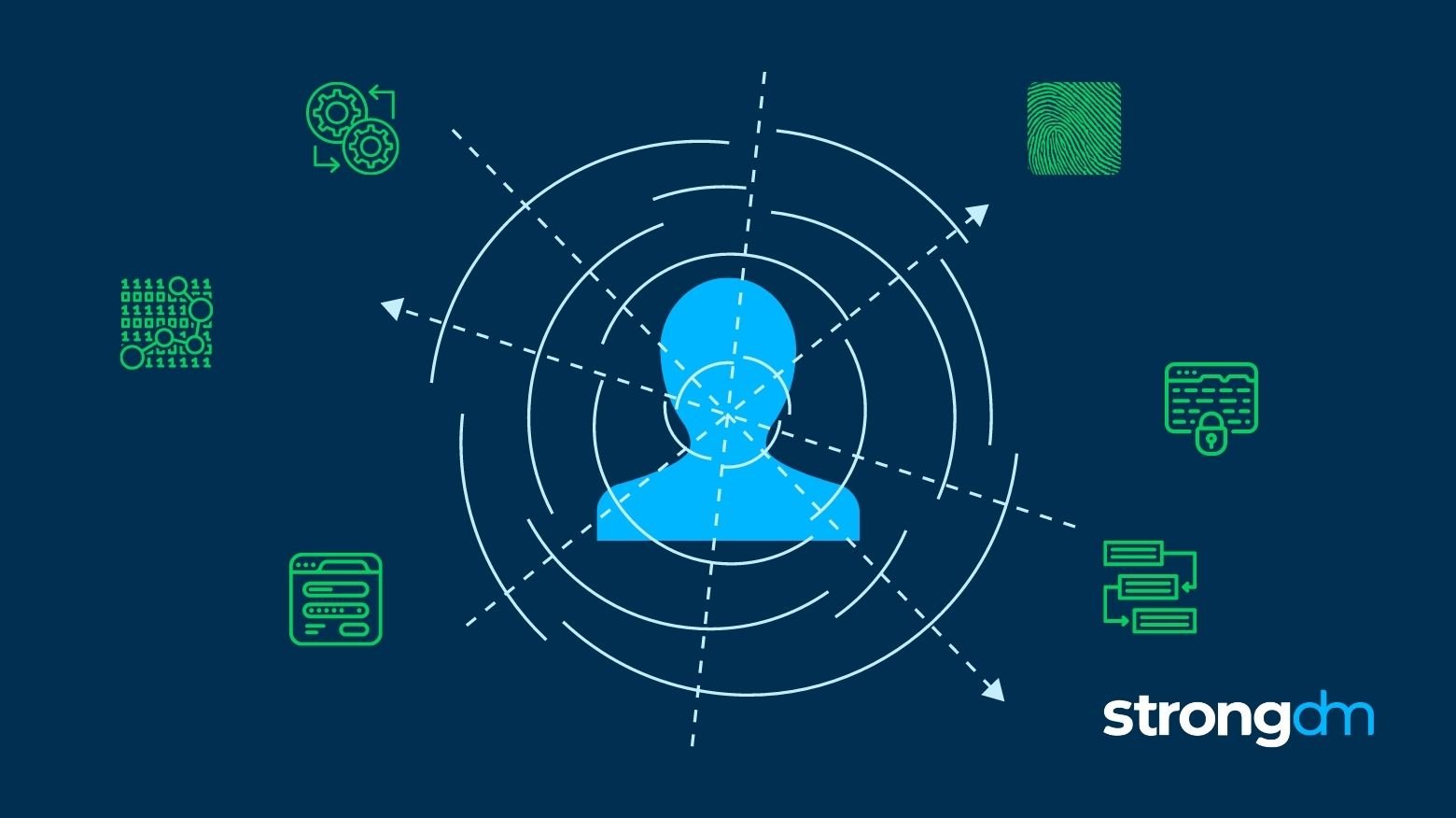In this article, you’ll learn about how GCP IAM works and the different types of roles that can be delegated to users as well as when those roles are most appropriate in the GCP environment. By the end of this article, you’ll have a clear understanding of the pros and cons of each different role type as well as their limitations.







-2.png)
-2.jpg)




